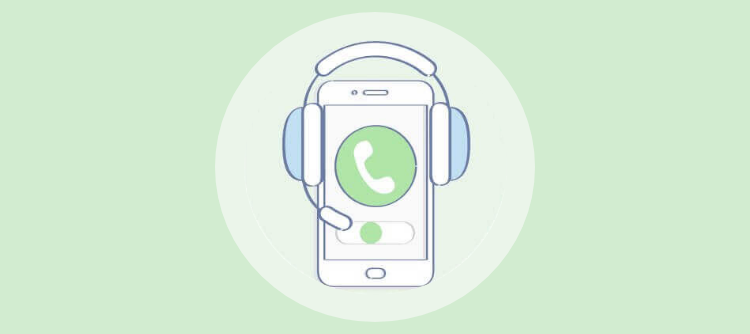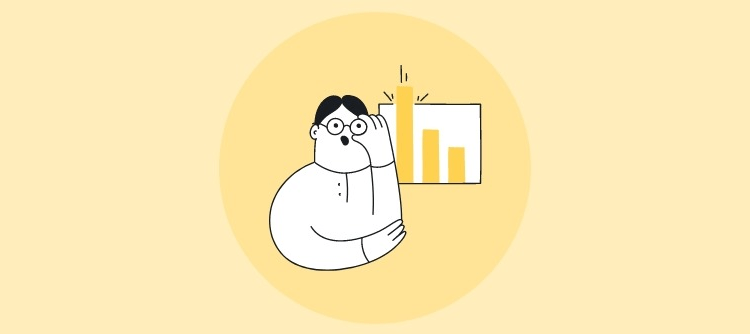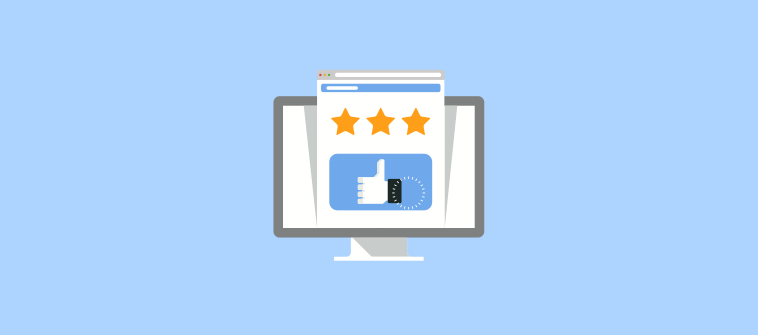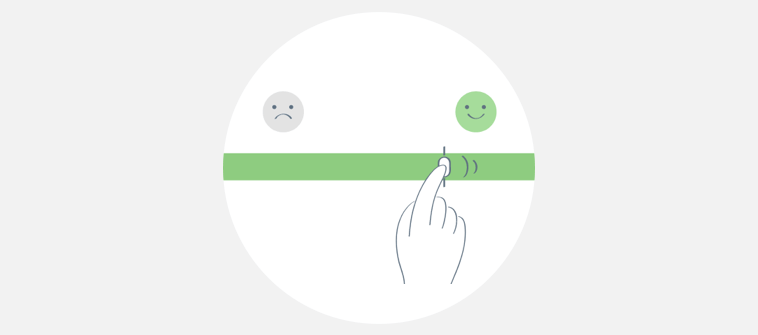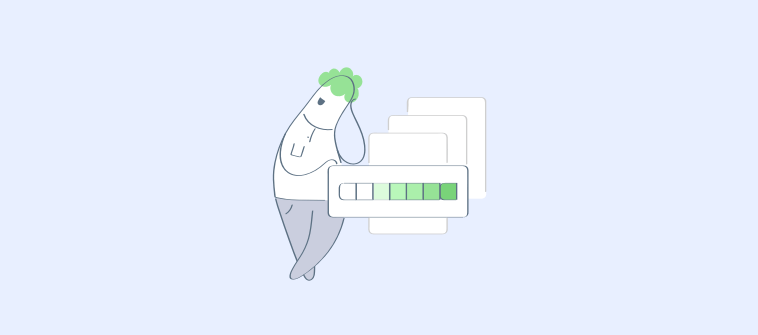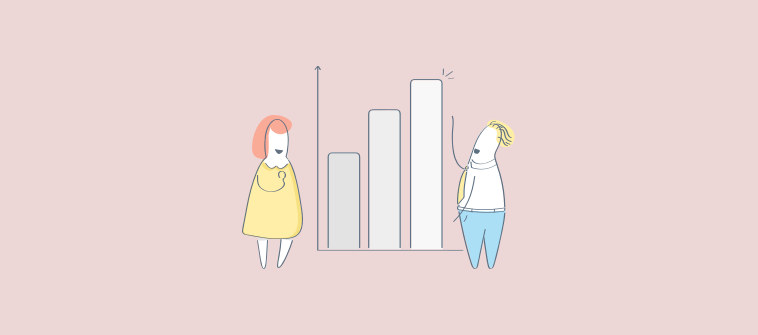If you’re in business, you’ve heard the adage, “You have to spend money to make money.”
But what if you could spend less money and still generate more revenue?
It turns out that acquiring new customers costs 5-25X more than retaining existing clients, and successful businesses use this to their advantage. Instead of spending all their energy finding new customers, they focus on their existing users as a target market for sales.
In other words, they understand the idea of client vs. customer, and it helps them spend smarter.
If you use the words client and customer interchangeably, it could be hurting your growth strategy. Keep reading to learn the difference between a customer and a client and how each impacts your business model.
Here’s what you’ll learn:
Clients and Customers Are Not the Same
Many businesses think of customer vs. client as synonyms. Successful companies understand that they’re vastly different.
When you understand the difference between a customer and a client, you can empower all aspects of your business to meet the needs of both groups.
Conversely, if you treat customers and clients as interchangeable, you’ll struggle to find new customers and retain your existing clients.
Let’s take a closer look at the key differences between these groups.
- Defining Customers
The term customer refers to anyone who purchases your products or services. A customer has a specific need (or problem), and your product or service provides the solution.
Customers pay you for the solution that meets their needs, and the relationship is transactional. In business strategy, we use the word customer to describe one-time consumers. Once you’ve solved their problem, they don’t stick around.
- Defining Clients
In contrast, clients are those customers that stick around because you’ve developed a deeper long-term relationship with them. Instead of leaving after the first purchase, clients turn into repeat buyers.
Clients stick around because they like your products or your brand resonates with them (or both). Most importantly, they trust your brand and the quality of your solutions, which is why they stay loyal.
- Client vs. Customer
Clients are customers that develop a relationship with your brand and make repeat purchases. In other words, they’re your best customers.
Not all customers turn into clients, but the customers that do represent significant revenue opportunities. Compared to customers, clients buy more often and spend more money on each purchase.
For example, if you own a grocery store, a customer is someone who comes in once to buy a couple of items. But a shopper that comes in every week, knows your employees and tries your new products is a client.
Although clients are harder to obtain, their loyalty makes them easier to retain. That holds true for most businesses, except for SaaS companies with subscribers.
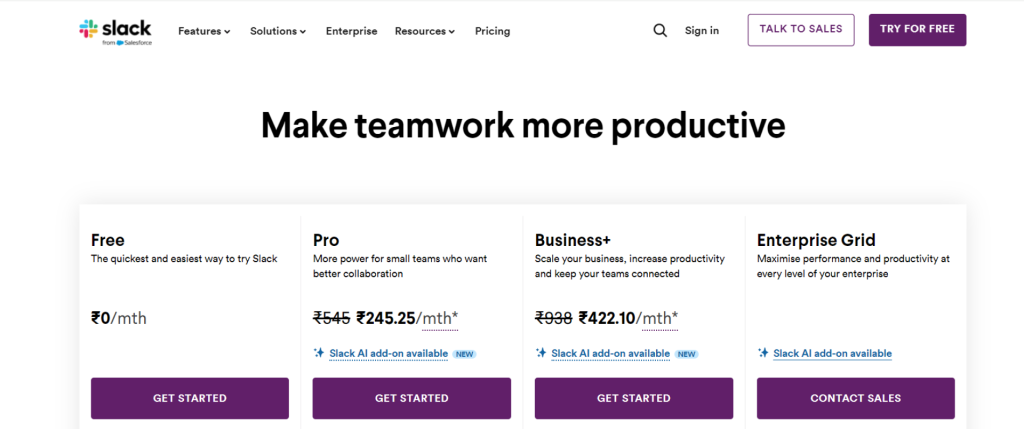
Since the SaaS business model uses subscription-based pricing (i.e., built-in repeat purchases), all SaaS customers are clients and should be treated as such.
Client vs. Customer — Business Impacts
Customers and clients provide different benefits to your business. Knowing the difference between your customers and your clients allows you to optimize your sales and marketing tactics for short- and long-term success and optimize your delivery routes.
- Customers and Short-Term Success
Customers are the critical group to consider when looking at short-term business goals. More customers mean you have more transactions that generate revenue and profit in the short term.
In other words, your business cannot survive without customers. So, you need to focus your short-term goals on obtaining new customers, also known as customer acquisition.
Customer acquisition relies on marketing and advertising tactics that increase brand awareness, such as commercials or social media ads.
These tactics cost money and make customer acquisition an expensive process. However, you can also use free marketing tactics such as creating a blog on your website or interacting with potential customers on social media platforms.
To keep acquisition costs manageable, you can measure your cost-per-acquisition (CPA) to understand how much money you need to spend to gain one customer.
What does this all mean? When optimizing businesses for customers, strategize for short-term impacts, such as generating more sales now and increasing brand awareness.
- Clients and Long-Term Success
If you’re strategizing for long-term success, you need to look at your clients. Clients are lifelong customers who make repeat purchases and support your long-term revenue and profits.
After you’ve converted a customer into a loyal client, it costs less to market to them because they already know and trust your brand.
Some metrics to consider when assessing the strength of client relationships are the time between purchases, the percentage of customers you turn into clients (repeat purchase ratio), and customer churn (how many customers leave).
What does this mean? Clients are vital to keeping your business afloat and generating a competitive edge in the long term. It takes some work to convert customers to clients, but you don’t need as many resources to retain them once you do.
Which Is More Important?
Customers generate profit in the short term, which you can use to obtain clients. Without customers, you don’t have the resources to focus on long-term growth. After all, there has to be a business for you to grow in the first place.
On the other hand, clients make up the foundation of a business that stays competitive and successful in the long run. Without clients, you need to rely on expensive revenue-generation tactics that eat into your profit margins.
Plus, clients can also help generate new customers for your sales cycle through referral programs and word-of-mouth marketing. A whopping 90% of consumers are more likely to trust a brand that a friend or family member referred to them.
All in all, customers and clients are different, but they’re connected, and both are essential for a successful business.
Clients and Customers in the Sales Funnel
You can’t have clients without having customers first, and customers don’t automatically turn into clients (unless you’re a SaaS business).
As a result, you need a strategy that helps you obtain new customers, convert them into clients, and retain clients in the long term.
Step 1: Acquire Customers
Acquiring customers starts with understanding your customer’s needs. Many first-time customers look for brands that can solve their problems at a reasonable price point.
Before you start advertising, you need to develop your value proposition.
Your value proposition is a statement that includes:
- How your solution solves a problem or fulfills a need for your customer
- What makes your brand or solution different from and better than the competition
Once you understand your value proposition, you need to communicate it to potential customers. Paid ads help you increase brand awareness and get your value proposition in front of new audiences.
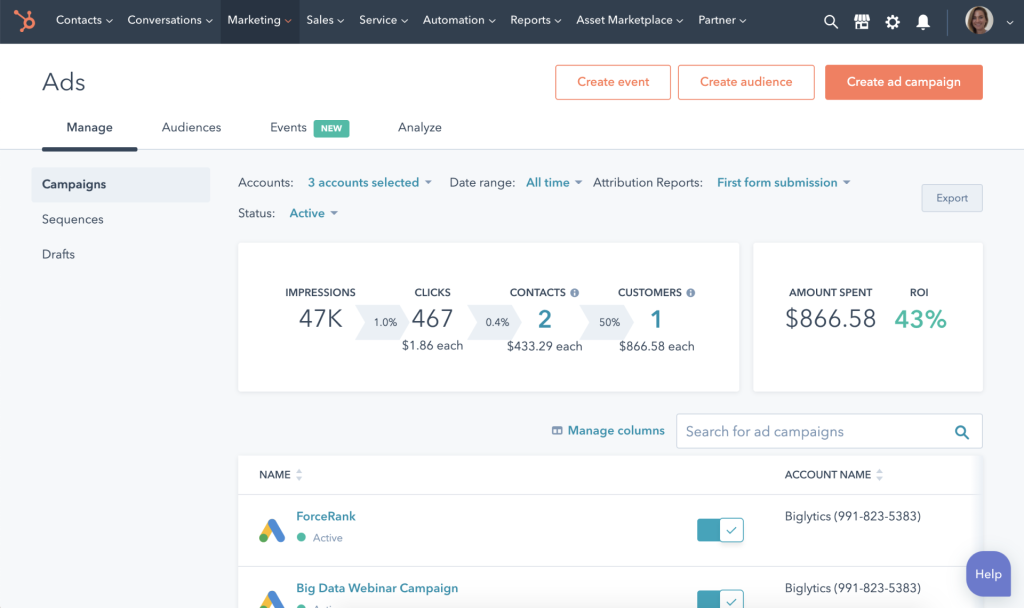
However, paid ads can cost a lot. Make sure you track your advertising ROI to determine if you’re generating more money than you spend.
Step 2: Convert Customers Into Clients
Once you acquire a new customer, your job is to turn that one-time purchase consumer into a loyal client. To do that, you have to understand what makes customers come back.
Customers that genuinely love your product, have a good experience, or relate to your brand are the customers that turn into repeat buyers.
Existing customers also tend to be less price-oriented in their decision-making. In fact, 64% of people find the customer experience more critical than price. At this stage, your goal is to provide excellent customer support and encourage your existing customers to make more purchases from your company. Effective customer outreach can significantly enhance these efforts.

To achieve that, you can leverage customer loyalty programs and engagement programs that incentivize repeat purchases. You can reward them for rebuying the same product (reselling), upgrading their solution (upselling), or purchasing additional products (cross-selling).
That is where you lay the foundation for brand trust and customer relationships that empower your long-term retention strategy.
Step 3: Retain Clients Long Term
Clients are easier to retain than customers, but you can’t take their loyalty for granted. Once you convert a customer into a client, you need to keep them.
To retain clients, focus on:
- Building and maintaining trust
- Using positive customer experiences to create a deeper relationship
Personalization and reassurances can help you build trust.
For example, sending personalized email newsletters makes your clients feel important. Return policies and money-back guarantees provide security and help reduce friction during repeat purchases.
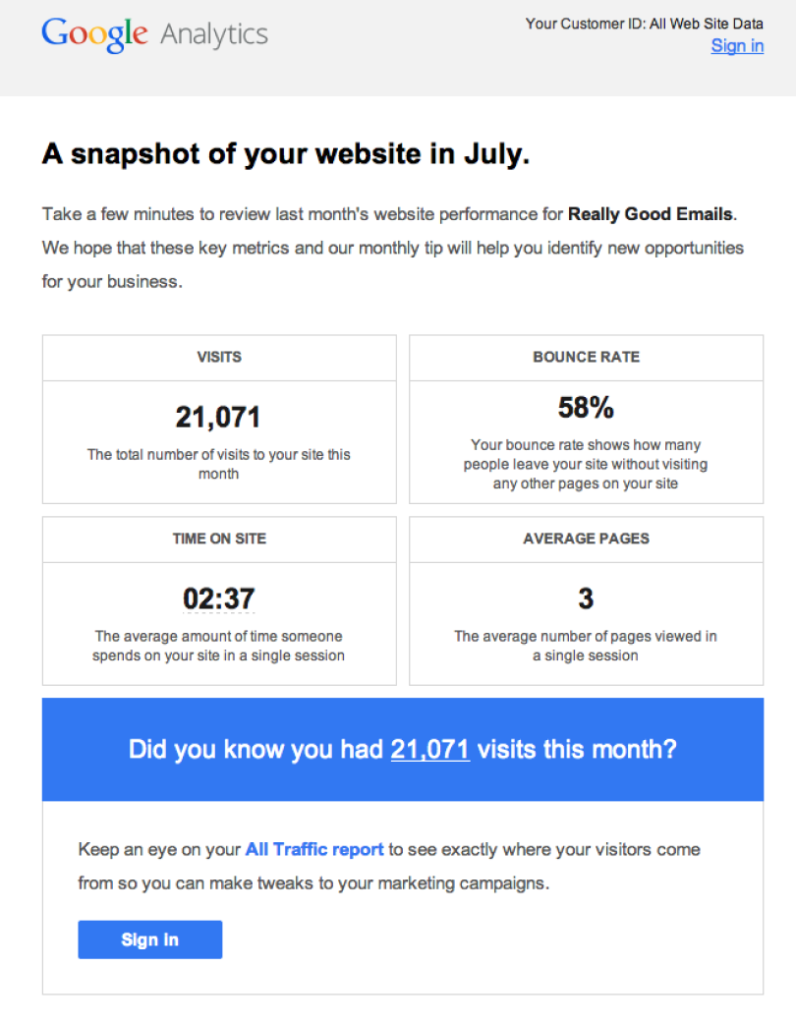
In addition to building trust, you need to cultivate a positive relationship with clients. Like any other good relationship, you must continually get to know your client’s needs and wants.
Develop a professional relationship by checking in on a regular basis and identifying your client’s pain points. You can use surveys to ask clients what they like and dislike about their experience or what new features they want to see.
For maximizing client retention, you also need to focus on optimizing your customer service and experience. Specifically, train your customer service representatives to be efficient but also empathetic and communicative.
You may also consider adding live chat support so existing customers can ask questions and get help in real-time.
Final Thoughts: Client vs. Customer and Why You Need To Know the Difference
Customers and clients have different needs, and you need different strategies for obtaining and retaining each group.
Customer acquisition fuels your short-term growth and provides the resources you need to support your clients. In turn, clients are customers that you build an ongoing relationship with, and they’re easier to retain long-term.
If you understand the differences, you can create a business strategy that optimizes for short-term growth and helps you cultivate a long-term competitive advantage
 Tips
Tips
We’d love to hear your tips & suggestions on this article!
FREE. All Features. FOREVER!
Try our Forever FREE account with all premium features!


 We'd love your feedback!
We'd love your feedback! Thanks for your feedback!
Thanks for your feedback!


